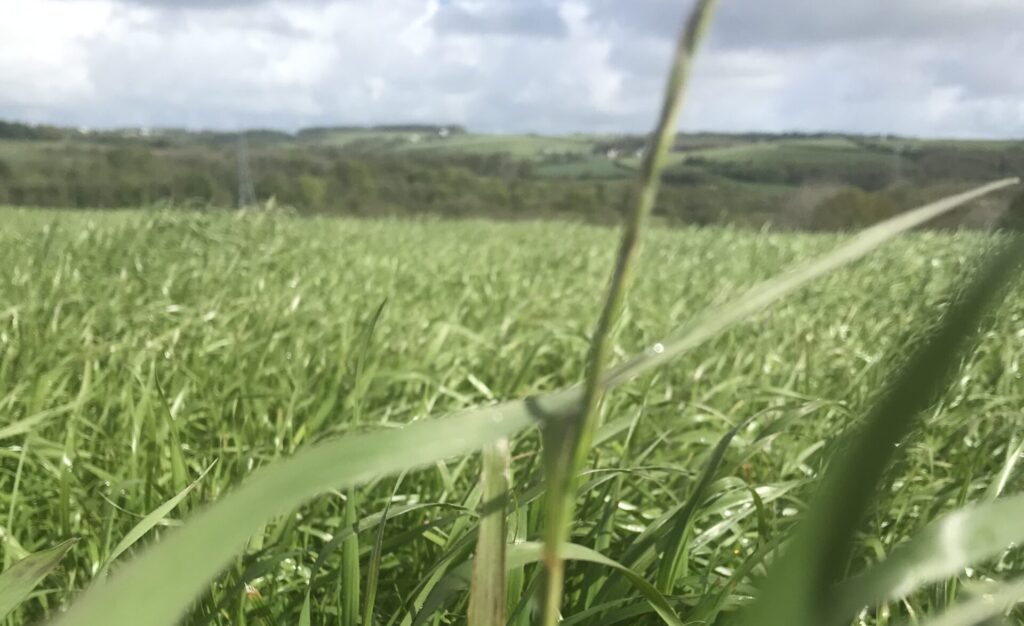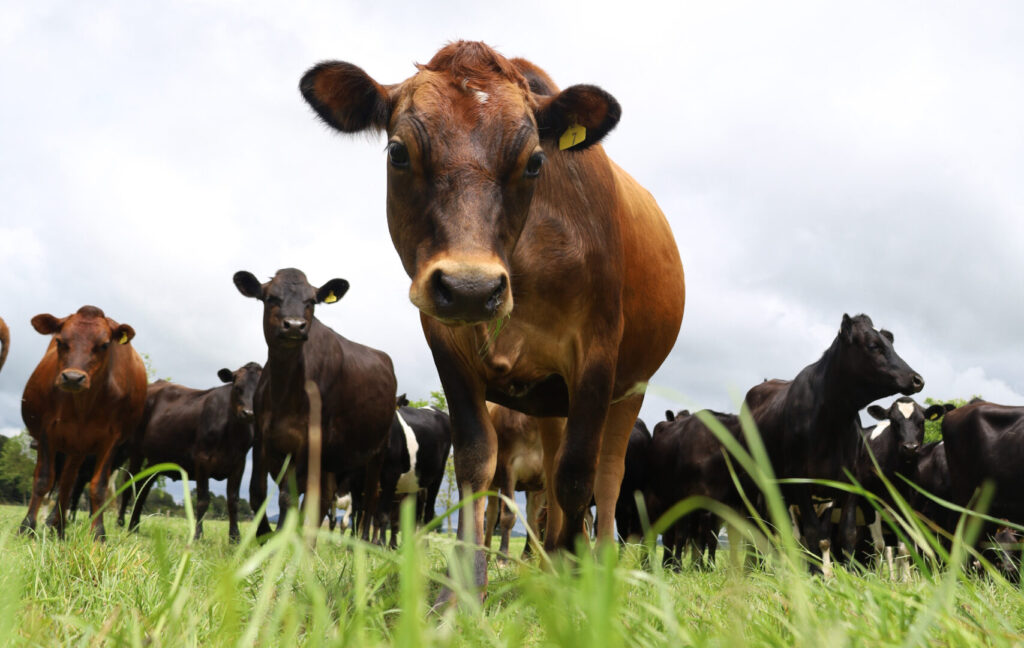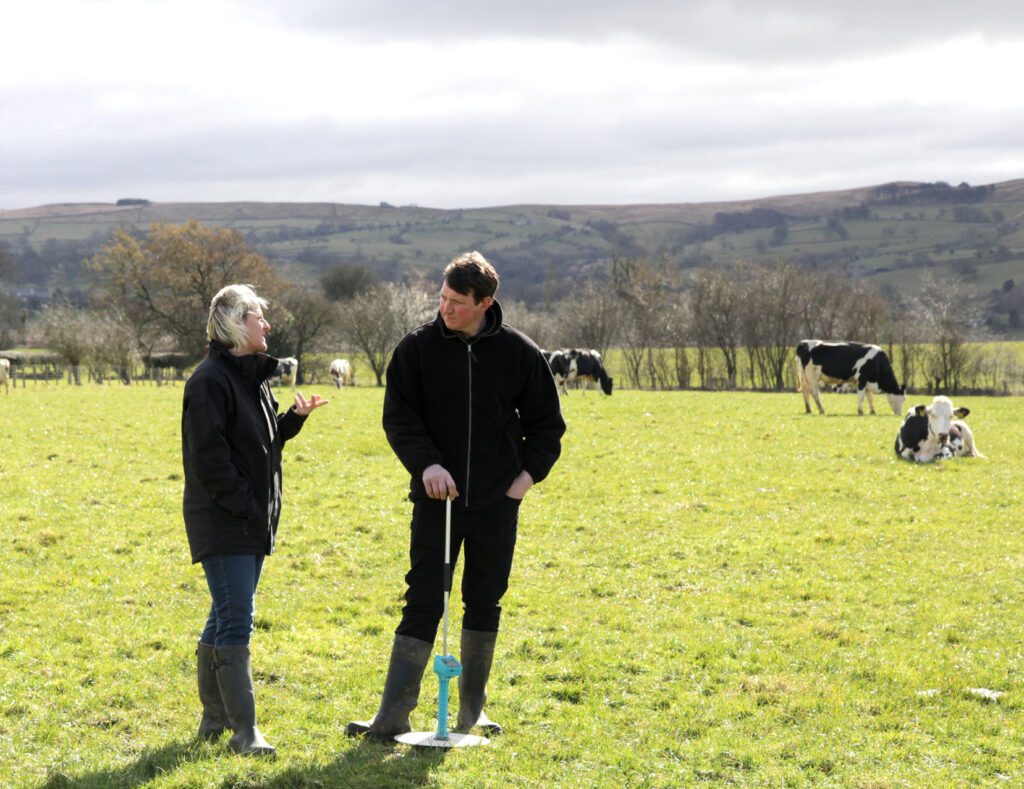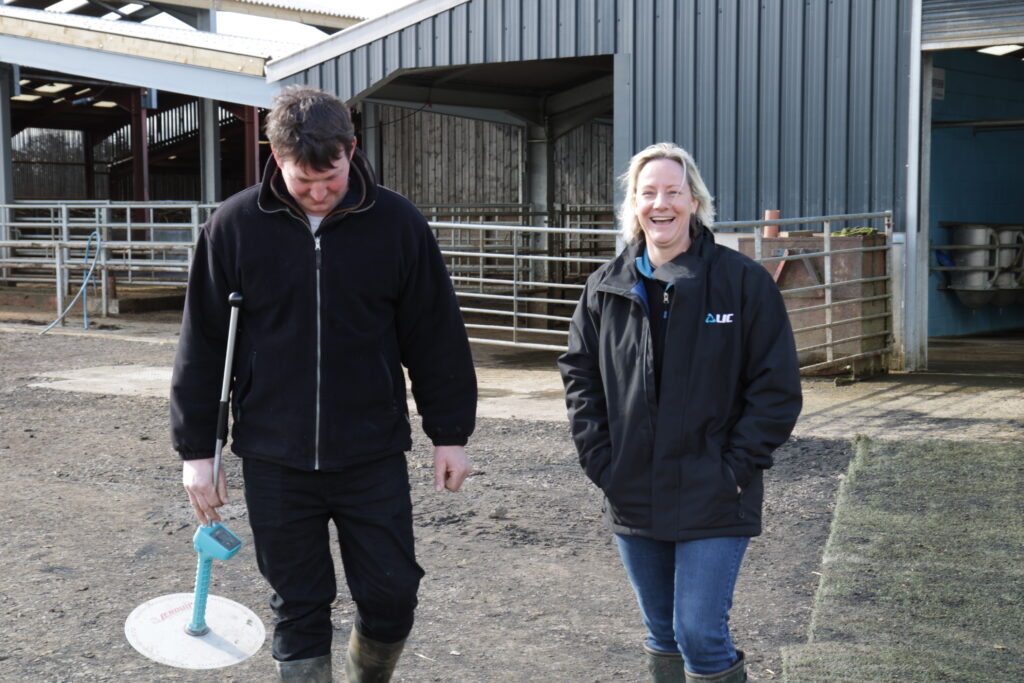Across the country, average farm cover remains strong, with many farmers successfully turning cows out onto good-quality grass. Grazing conditions have been favourable so far, with minimal pasture damage reported, allowing for optimal grass utilisation.
Spring calving is progressing well, with no significant challenges being observed on farms. Cow condition scores are generally meeting target levels, which is good news as body condition supports reproductive performance and milk production.
While some farmers have reported shortages in forage supplies, contingency plans have been actioned to ensure that daily operations run smoothly. These measures include strategic rationing, supplementary feeding, and careful feed budgeting to maintain herd productivity.
Mating results from autumn-calving herds are good, particularly given the presence of mycotoxins in silage on several farms.
Considerations for the coming month
Nitrogen application and soil conditions
As farmers plan nitrogen applications, it is essential to consider soil temperature and grass growth rates to maximise efficiency. If growth exceeds 10kg DM/ha/day, nitrogen will be utilised more effectively.
However, colder-than-average conditions through late February have resulted in soil temperatures remaining below 5°C for much of the month. This could slow down early-season grass growth, meaning some farms may find their pasture cover lower than expected. Reviewing your spring rotation planner will help you assess current growth patterns and adjust grazing strategies accordingly. If your Average Farm Cover (AFC) is lower than anticipated, reducing grazing allocations in the short term can help restore it to targeted levels.
Feed budgeting and forage management
With ongoing concerns around forage availability, now is an important time to update feed budgets. This will provide a clear picture of remaining forage stocks and ensure that supply can be stretched efficiently through the coming weeks. If shortages are identified, early intervention—such as sourcing alternative feeds or adjusting rations—can help maintain animal performance without unnecessary costs.
Monitoring spring-calving herds
As spring-calving cows progress through the post-calving period, it is critical to monitor their body condition scores (BCS). Avoiding excessive condition loss before the breeding season is essential for maintaining strong conception rates and overall herd fertility.
Managing farm budgets amid rising costs
Following recent CFP meetings, it is evident that inflationary pressures continue to affect farm input costs. As farmers plan their budgets for the 2025 financial year, these cost increases should be factored into financial projections. Careful review of expenditure and potential savings will be crucial in maintaining profitability.
Weighing autumn-calving cows
For autumn-calving herds, mid-lactation presents an ideal opportunity to weigh cows. At this stage, they should have fully recovered from post-calving weight loss. Regular weighing helps identify any issues early, ensuring cows maintain a suitable weight going into the next breeding cycle.
With productive management of pasture and feed resources, herd condition, and financial planning, UK farmers can position themselves for a productive and efficient spring season.
Contact your Pasture to Profit farm consultant for further support.



